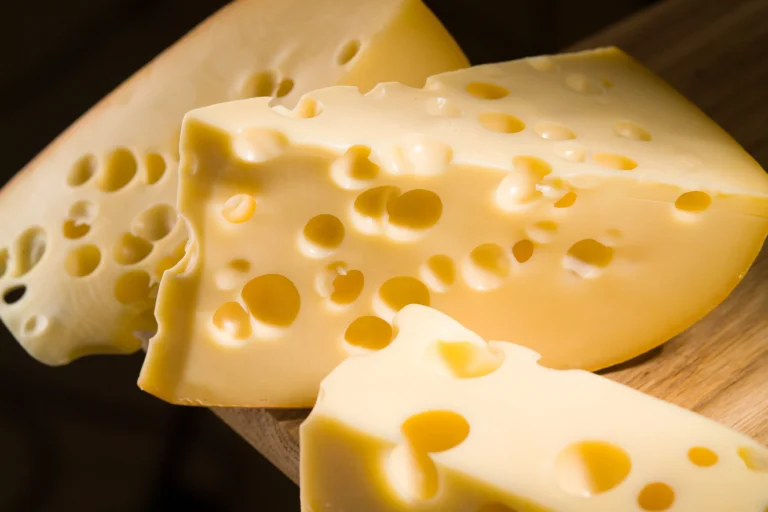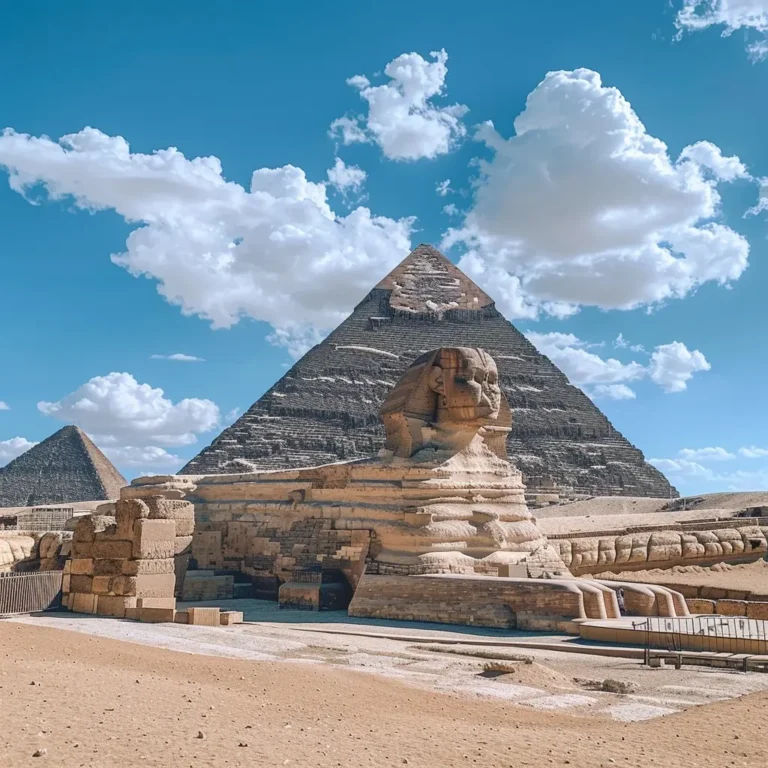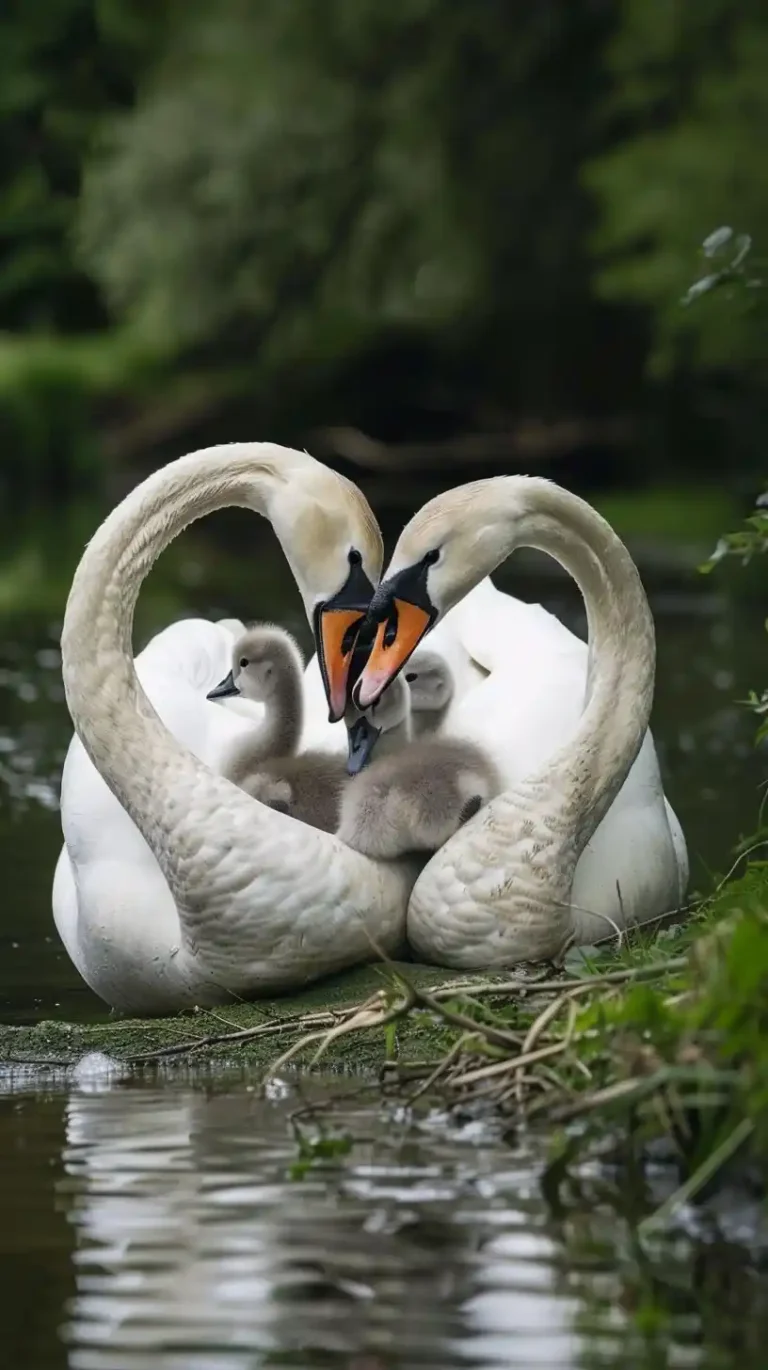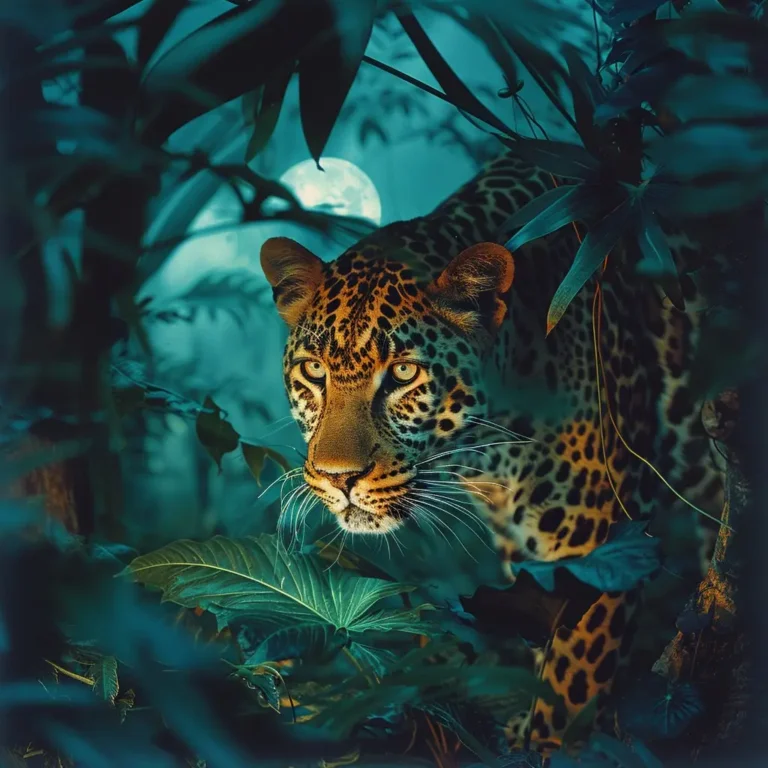Fun facts about nature that will take your breath away! 🌿✨ Explore the astonishing beauty and incredible mysteries of the natural world.
From stunning landscapes to unique wildlife, get ready to be amazed by nature’s wonders and secrets! 🌍🦜🌺
For more fascinating tidbits, check out our fun fact generator and dive into our collection of fun facts about animals!
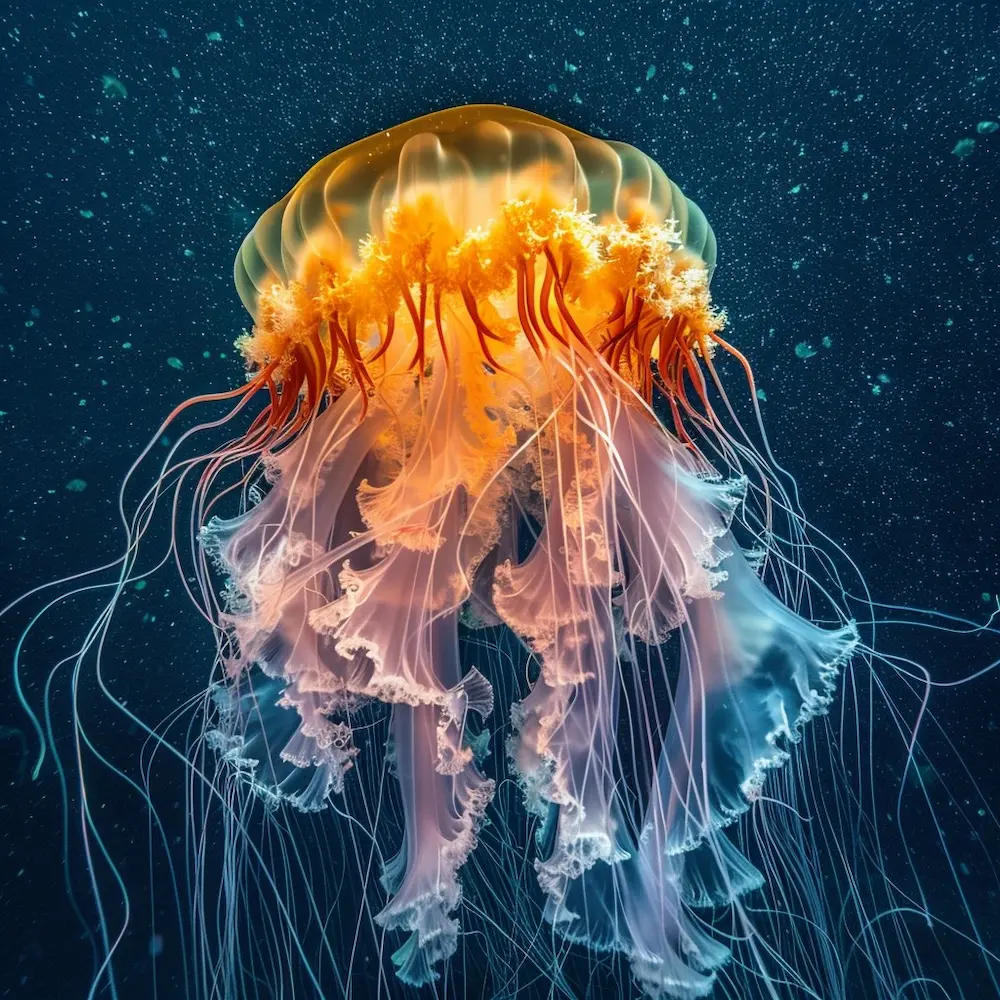
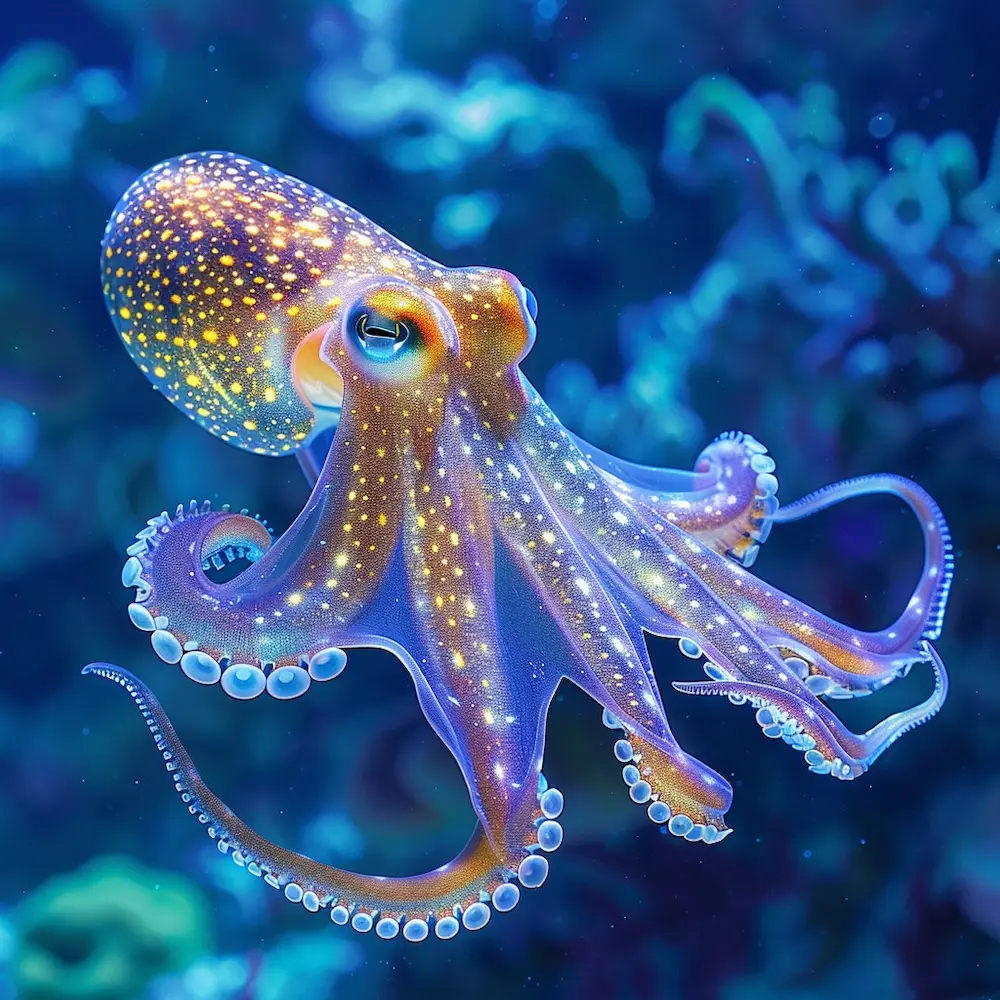

Facts About Nature!
1. The largest living organism on Earth is a honey fungus.
A honey fungus in Oregon covers an area of 2,200 acres and is estimated to be 2,400 to 8,650 years old.
2. Sharks have been around for over 400 million years.
They existed before trees and even dinosaurs.
3. Bioluminescence is a chemical reaction that produces light in some organisms.
Fireflies, glowworms, and anglerfish are some examples of bioluminescent creatures.
4. The giant sequoia tree is one of the largest living organisms on Earth.
The largest known specimen, the General Grant Tree, is over 1,300 years old and 267 feet tall.
5. Coral reefs are the largest living structures on Earth.
The Great Barrier Reef in Australia is the largest coral reef system and can be seen from space.
6. Octopuses have blue blood.
This is because their blood contains copper rather than iron, which is what gives human blood its red color.
7. The Venus flytrap is the only plant that can move quickly to catch its prey.
It can close its leaves in just 0.1 seconds when triggered by insects.
8. Fungi are more closely related to animals than plants.
They share a more recent common ancestor with animals than with plants.
9. Sharks have no bones.
Their skeletons are made entirely of cartilage.
10. The giant panda’s diet is 99% bamboo.
Despite being classified as carnivores, pandas mostly eat bamboo.
11. The Saharan desert is fertilizing the Amazon rainforest.
Dust from the Saharan desert travels thousands of miles across the Atlantic Ocean, providing nutrients for the Amazon’s soil.
12. The ozone layer is on track to recover.
Thanks to global efforts to phase out ozone-depleting chemicals, the Earth’s ozone layer is expected to fully recover within four decades.
13. Mangrove forests are sequestering carbon dioxide at incredible rates.
Mangrove forests can store up to 10 times more carbon than forests.
14. Rewilding just 9 species could contribute over 95% to extracting 500 billion metric tons of CO2.
Animals like wildebeests, elephants, and bison can help sequester carbon through their movement and behavior.
15. The world’s oldest trees are 4,600-year-old Bristlecone pines in the USA.
The Great Basin Bristlecone Pine has been deemed the oldest tree in existence, reaching an age of over 5,000 years old.
16. The Amazon rainforest produces more than 20% of the world’s oxygen.
Often referred to as the “lungs of the Earth,” it is vital for global oxygen production.
17. The blue whale is the largest animal on Earth.
It can grow up to 100 feet long and weigh as much as 200 tons.
18. Honey never spoils.
Archaeologists have found pots of honey in ancient Egyptian tombs that are over 3,000 years old and still edible.
19. The Sahara Desert is larger than the United States.
It spans about 9.2 million square kilometers (3.6 million square miles).
20. A single tree can absorb about 48 pounds of carbon dioxide per year.
Trees play a crucial role in mitigating climate change by absorbing CO2.
21. The world’s largest desert is Antarctica.
Despite being covered in ice, it qualifies as a desert due to its low precipitation levels.
22. Rainforests are home to more than half of the world’s plant and animal species.
Despite covering only about 6% of the Earth’s surface, they are incredibly biodiverse.
23. The world’s tallest waterfall is Angel Falls in Venezuela.
It drops 979 meters (3,212 feet) and is one of the most spectacular natural wonders.
24. The ocean is home to the largest coral reef system.
The Great Barrier Reef is the largest living structure on Earth, stretching over 2,300 kilometers (1,430 miles).
25. Cacti can store water for long periods.
Some species can survive for years without rainfall by storing water in their tissues.
26. The world’s largest living structure is the Great Barrier Reef.
It is so large that it can be seen from space and is home to thousands of marine species.
27. The Amazon River is the longest river by discharge volume in the world.
It carries more water than the next seven largest rivers combined.
28. Some species of turtles can breathe through their butts.
This process, known as cloacal respiration, allows them to extract oxygen from water.
29. The Earth’s atmosphere is composed of 78% nitrogen.
Oxygen makes up about 21%, while the remaining 1% consists of other gases.
30. The Amazon rainforest is often referred to as the “lungs of the planet.”
It produces a significant portion of the world’s oxygen and absorbs vast amounts of carbon dioxide.
31. The ocean is home to the largest living animal: the blue whale.
These magnificent creatures can reach lengths of up to 100 feet (30 meters) and weigh as much as 200 tons.
32. Some species of frogs can survive being frozen.
Wood frogs can enter a state of suspended animation during freezing temperatures, allowing them to survive until thawed.
33. The Earth’s surface is about 71% water.
This includes oceans, rivers, lakes, and glaciers, making water a vital resource for all life.
34. The world’s oldest known living organism is a 5,000-year-old bristlecone pine tree.
These trees can be found in the White Mountains of California.
35. The ocean is home to the largest coral reef system.
The Great Barrier Reef is the largest living structure on Earth, stretching over 2,300 kilometers (1,430 miles).
36. The Earth’s atmosphere is composed of 78% nitrogen.
Oxygen makes up about 21%, while the remaining 1% consists of other gases.
37. The Amazon rainforest produces more than 20% of the world’s oxygen.
Often referred to as the “lungs of the Earth,” it is vital for global oxygen production.
38. The Arctic is warming twice as fast as the rest of the planet.
This phenomenon, known as Arctic amplification, has significant implications for global climate patterns.
39. The Earth has more than 1,500 active volcanoes.
These volcanoes can be found on land and under the ocean, contributing to the planet’s geological activity.
40. The ocean is home to unique ecosystems like hydrothermal vents.
These areas support life forms that thrive in extreme conditions, such as high temperatures and pressure.
41. The ocean is a major source of food.
About 3 billion people rely on seafood as their primary source of protein.
42. Some species of birds can see ultraviolet light.
This ability helps them find food and navigate their environment more effectively.
43. The Earth’s surface is about 71% water.
This includes oceans, rivers, lakes, and glaciers, making water a vital resource for all life.
44. The Sahara Desert is expanding.
Due to climate change and human activities, the Sahara is encroaching on surrounding areas, affecting ecosystems and communities.
45. The world’s largest living organism is a fungus.
A honey fungus in Oregon covers over 2,385 acres and is estimated to be thousands of years old.
46. A single tree can absorb about 48 pounds of carbon dioxide per year.
Trees play a crucial role in mitigating climate change by absorbing CO2.
47. The world’s largest living tree is a giant sequoia named General Sherman.
It stands about 275 feet (83.8 meters) tall and is estimated to be over 2,200 years old.
48. Some trees can communicate with each other through underground networks.
These networks, formed by fungi, allow trees to share nutrients and warn each other of threats.
49. The ocean is home to unique adaptations.
Many marine species have evolved specialized features to survive in their environments, such as camouflage and bioluminescence.
50. The ocean is a critical habitat for marine mammals.
Species like dolphins, seals, and whales rely on the ocean for food and breeding grounds.
51. The Earth has more than 1,500 active volcanoes.
These volcanoes can be found on land and under the ocean, contributing to the planet’s geological activity.
52. The Great Wall of China is not visible from space.
This common myth has been debunked; astronauts cannot see it without aid.
53. The world’s oldest known living organism is a 5,000-year-old bristlecone pine tree.
These trees can be found in the White Mountains of California.
54. The ocean is home to the largest coral reef system.
The Great Barrier Reef is the largest living structure on Earth, stretching over 2,300 kilometers (1,430 miles).
55. The Earth’s atmosphere is composed of 78% nitrogen.
Oxygen makes up about 21%, while the remaining 1% consists of other gases.
56. The Amazon rainforest produces more than 20% of the world’s oxygen.
Often referred to as the “lungs of the Earth,” it is vital for global oxygen production.
57. The Arctic is warming twice as fast as the rest of the planet.
This phenomenon, known as Arctic amplification, has significant implications for global climate patterns.
58. The Earth has more than 1,500 active volcanoes.
These volcanoes can be found on land and under the ocean, contributing to the planet’s geological activity.
59. The ocean is home to unique ecosystems like hydrothermal vents.
These areas support life forms that thrive in extreme conditions, such as high temperatures and pressure.
60. The ocean is a major source of food.
About 3 billion people rely on seafood as their primary source of protein.
References
- National Geographic. (n.d.). Oceans. Retrieved from https://www.nationalgeographic.com/environment/oceans/
- WWF. (n.d.). Coral reefs. Retrieved from https://www.worldwildlife.org/threats/coral-reefs
- Earth.org. (n.d.). 10 Facts About the Ocean. Retrieved from https://earth.org/10-facts-about-the-ocean/
- Trafalgar. (2023). 10 Unbelievable Facts About the Ocean. Retrieved from https://www.trafalgar.com/real-word/10-unbelievable-facts-ocean/
- National Geographic Kids. (n.d.). Ocean facts! Retrieved from https://kids.nationalgeographic.com/nature/ocean-facts/
- ThinkLandscape. (n.d.). Top 10 ocean facts you should know. Retrieved from https://thinklandscape.globallandscapesforum.org/60739/10-facts-to-help-you-fall-in-love-with-the-ocean-and-fight-for-its-survival/
- National Ocean Service. (n.d.). What is the ocean? Retrieved from https://oceanservice.noaa.gov/facts/ocean.html
- NOAA Fisheries. (n.d.). The importance of the ocean. Retrieved from https://www.fisheries.noaa.gov/feature-story/importance-ocean
- Ocean Conservancy. (n.d.). The ocean and climate change. Retrieved from https://oceanconservancy.org/our-work/climate-change/
- Smithsonian Ocean. (n.d.). Ocean facts. Retrieved from https://ocean.si.edu/ocean-facts


